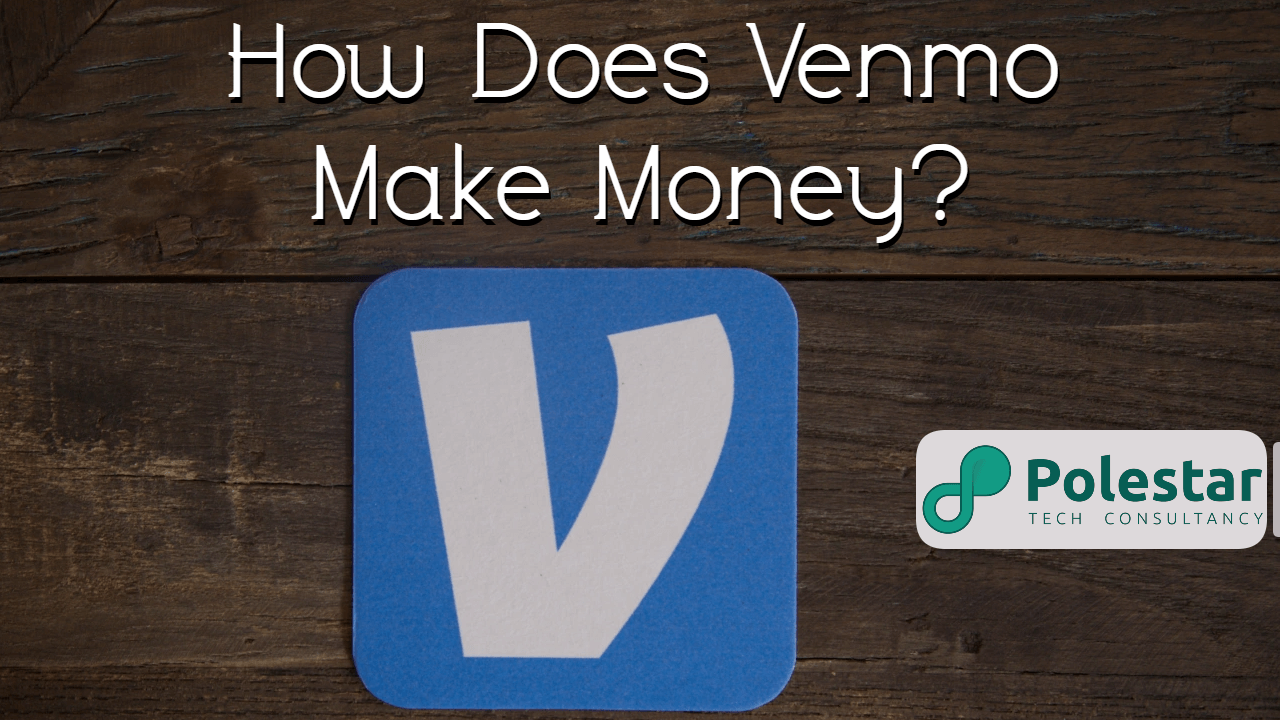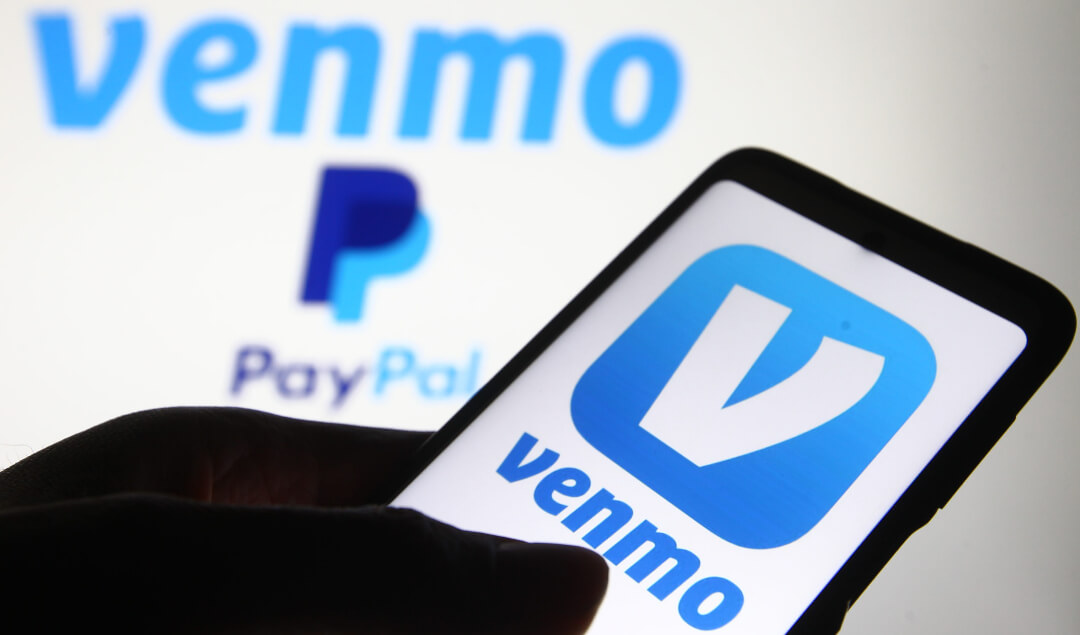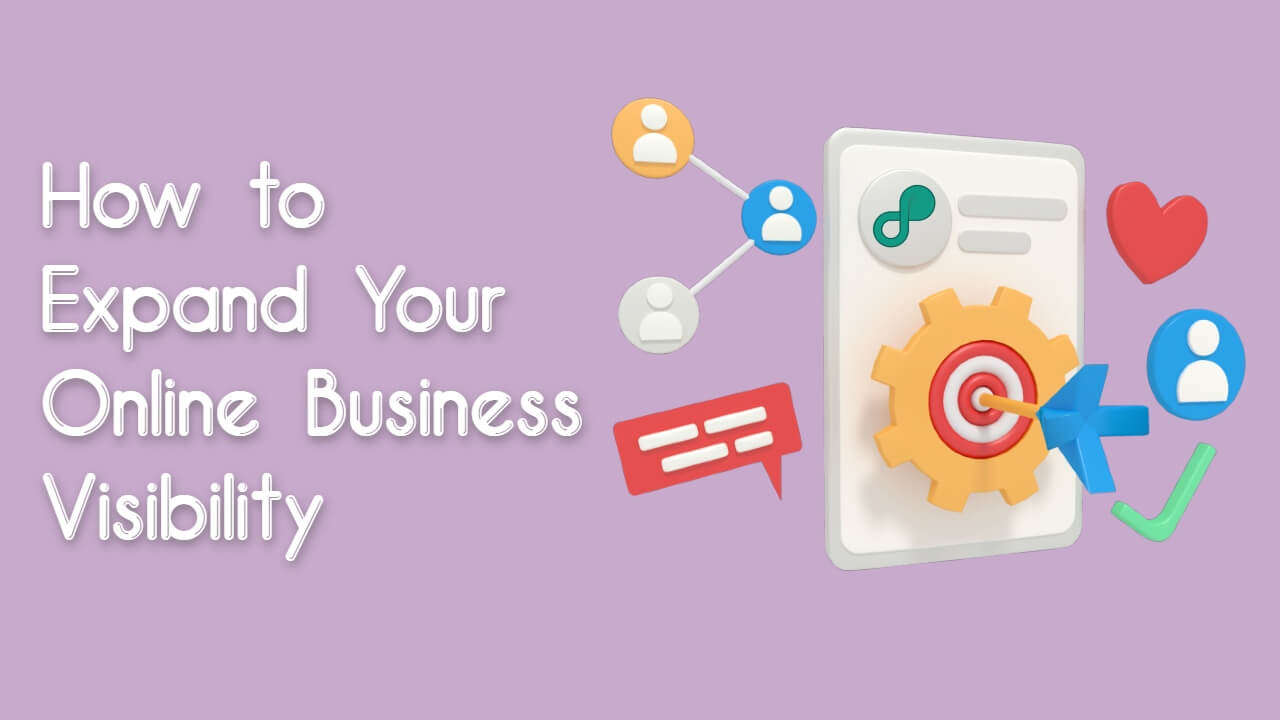11 Jan

Table of content
| Introduction |
| What is Venmo? |
| How to use Venmo as a customer |
| How to use Venmo as a Vendor? |
| Features of the Venmo |
| How does Venmo Make Money ? |
| Top Venmo Competitors |
Introduction
If you are looking to start your own startup business like Venmo, then you should definitely know how does Venmo make money, and what's its revenue model or business model. There are many several apps similar to Venmo but Venmo has its own unique capabilities that allow users to use Venmo for their day-to-day transactions.
What is Venmo

Venmo is a mobile payment service that allows users to transfer money to one another using a smartphone app. It is owned by PayPal and is popular in the United States. With Venmo, users can send and receive money, as well as make purchases using their Venmo balance or a linked bank account or debit card. Venmo also has a social aspect, as users can share their transactions with their friends on the app and add notes or emojis to them.
How To Use Venmo as Customer?
To use Venmo, you will need to download the app on your smartphone and create an account. This involves entering your personal information, such as your name, email address, and phone number, and creating a username and password. You will also need to add a payment method, such as a bank account or debit card, to your Venmo account.
Once you have set up your account, you can start using Venmo to send and receive money. To send money, you will need to enter the recipient's name or phone number and the amount you want to send. You can also add a note or an emoji to the transaction. To receive money, you can request it from someone by entering their name or phone number and the amount you want to request. The sender will receive a notification and can choose to approve or decline the request.
You can also use Venmo to make purchases at participating merchants. Simply look for the Venmo logo at checkout and select Venmo as your payment method. You can use your Venmo balance or a linked bank account or debit card to pay.
To view your transaction history, you can go to the "Activity" section of the app. This will show you a list of all your past transactions, including the amount, date, and notes associated with each one.
How to use Venmo as a Vendor or Business?
To use Venmo as a vendor, you will need to have a business account with Venmo. Here are the steps to follow to set up a Venmo business account:
- Go to the Venmo website and click on the "Business" tab at the top of the page.
- Click on the "Sign Up" button.
- Select "I sell goods or services" and click on the "Next" button.
- Enter your business information, including your business name, address, and contact information.
- Create a username and password for your account.
- Link a bank account to your Venmo business account. This is where Venmo will deposit your payments.
- Review and agree to the Venmo Business Services Agreement.
Once you have set up your Venmo business account, you can start accepting Venmo as a payment option for your goods or services. Here are some common tasks that you might perform as a vendor using Venmo:
To accept Venmo payments from customers, you will need to provide them with your Venmo username or QR code. The customer can then send you the payment using the Venmo app.
You can also set up a Venmo button on your website or online store to make it easier for customers to pay with Venmo.
To view your transaction history and manage your account, log in to your Venmo business account on the website or using the Venmo app. Here you can see a list of all your transactions, view your balance, and withdraw funds to your linked bank account.
Features of the Venmo
Venmo is a popular mobile payment service that has several unique features that set it apart from other payment services. Before knowing how does Venmo make money, you should know some unique features of venmo that enable the company to make a good revenue stream. Here are some of the main features of Venmo:
- Peer-to-peer payments: One of the main features of Venmo is its ability to facilitate peer-to-peer (P2P) payments, which means that it is primarily used for transferring money between individuals, rather than for making payments to businesses. This makes it a convenient way to pay friends back for things like meals or tickets, or to split bills. To send money on Venmo, you simply need to enter the recipient's name or phone number and the amount you want to send. You can also add a note or an emoji to the transaction.
- Social aspect: Another unique feature of Venmo is its social aspect. When you send or receive money on the app, you can add a note or an emoji to the transaction, which is then shared with your friends on the app. This makes Venmo a popular choice for sending personalized payments or splitting bills with friends. You can also see a feed of your friends' transactions on the app, which can be a fun and social way to keep track of your payments.
- Mobile app: Venmo is primarily accessed through a mobile app, which is available for iOS and Android devices. The app is user-friendly and makes it easy to pay and get money, as well as make purchases using your Venmo balance or a linked bank account or debit card. You can also use the app to view your transaction history and manage your account.
- Payment options: In addition to using your Venmo balance, you can also link a bank account or debit card to your Venmo account and use these payment methods to pay and get money or make purchases. This makes it easy to access the funds you need to make payments, and you can switch between payment methods as needed.
- Integration with other apps: Venmo has partnerships with a number of companies, which allows users to pay with Venmo on other apps and websites. For example, you can use Venmo to pay for rides on Uber or Lyft, or to make purchases on certain online marketplaces. This makes it easy to use Venmo as a payment option in a variety of different contexts.
Overall, Venmo is a convenient and easy-to-use payment service that has a strong social element and a number of unique features that set it apart from other payment services.
How does Venmo make money?
Venmo makes money by charging fees for certain types of transactions. Here is a Venmo's business model and a breakdown of the fees that Venmo charges:
- Standard transfer to bank account: Venmo charges a fee of 1% of the transfer amount, with a minimum fee of $0.25 and a maximum fee of $10, when you transfer money from your Venmo balance to your linked bank account. This fee is charged to cover the cost of processing the transfer and moving the funds from Venmo to your bank account.
- Instant transfer to bank account: In addition to the standard transfer option, Venmo also offers an "instant transfer" option, which allows you to transfer money to your bank account within minutes. This service is available for a fee of 1.5% of the transfer amount, with a minimum fee of $0.25 and a maximum fee of $10. The fee for the instant transfer option is higher because it allows you to access your funds more quickly.
- Credit card transactions: If you use a credit card to send money on Venmo or make a purchase using Venmo, a 3% fee will be charged. This fee is charged to cover the cost of processing the credit card transaction and to compensate Venmo for the risk of fraud or chargebacks.
- In-app purchases: Venmo also charges a fee for certain in-app purchases, such as stickers or emojis. These fees are used to generate revenue for the company and to cover the cost of offering these additional features.
- Venmo business accounts: Venmo offers business accounts for companies that want to accept Venmo as a payment option. Venmo charges a fee of 2.9% + $0.30 for each transaction made through a Venmo business account. This fee is used to cover the cost of processing the payment and generating revenue for the company.
Overall, Venmo makes money by charging fees for certain types of transactions, such as bank transfers, credit card payments, and business payments. These fees help to cover the costs of operating the service and generating revenue for the company.
Top Venmo Competitors
There are several competitors to Venmo in the mobile payment space. Here are the top 3 Venmo competitors:
Zelle
Zelle is another popular mobile payment service that is similar to Venmo. It allows users to pay and get money, as well as make purchases using their Zelle balance or a linked bank account or debit card.
Cash App
Cash App is a mobile payment service that allows users to send and receive money, as well as buy and sell bitcoin. It is similar to Venmo in that it is primarily used for P2P payments, but it also has some additional features that set it apart.
Google Pay
Google Pay is a mobile payment service offered by Google that allows users to pay and get money, as well as make purchases using their Google Pay balance or a linked bank account or debit card.


.png)














Jay Pala